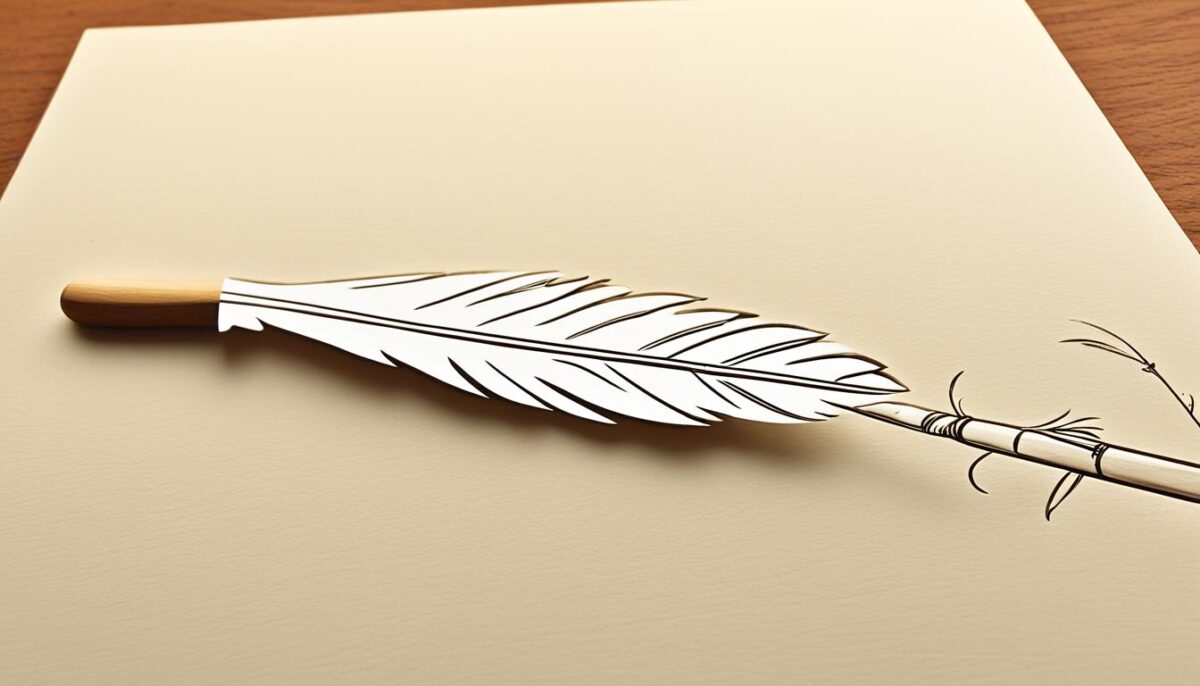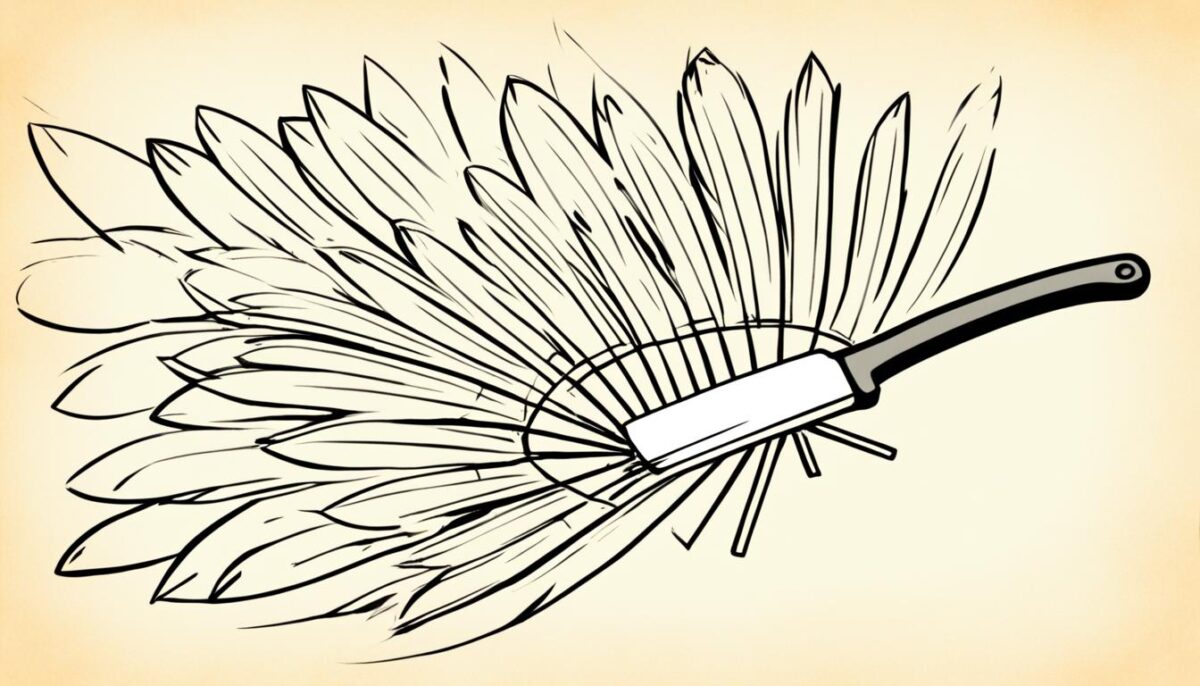In our journey into bushcraft skills, we often find that mastering simple techniques can greatly enhance our outdoor survival toolkit. One such skill is creating a feather stick, which serves as a vital tool for fire starting. Throughout this section, we’ll dive into the art of crafting a feather stick, understanding its significance in various outdoor scenarios, and how it can make our adventures both safer and more enjoyable.
Whether we are beginners or seasoned outdoor enthusiasts, knowing how to effectively create and utilize a feather stick can elevate our outdoor skills. Let’s explore this essential technique together, ensuring that we are well-prepared for our next wild adventure.
Understanding the Basics of Feather Sticks
Exploring the fundamentals of feather sticks reveals their essential role in bushcraft skills. These tools not only enhance our fire starting techniques but also offer various benefits during outdoor adventures.
What is a Feather Stick?
The definition of feather stick is simple yet functional. A feather stick is a wooden stick that has been skillfully carved and shaved into thin curls, resembling feathers. This unique structure creates a larger surface area that catches embers and sparks effectively, making it a prime choice for tinder.
Why Use a Feather Stick in Bushcraft?
We appreciate the feather stick benefits, especially in survival scenarios. When conditions are damp or unfavorable, a feather stick can be a lifesaver. It aids in quickly igniting a flame, which is crucial for warmth, cooking, or signaling for help. By mastering bushcraft techniques like creating feather sticks, we ensure that we are well-prepared for any outdoor endeavor.

| Feature | Feather Stick | Traditional Tinder |
|---|---|---|
| Surface Area | High | Low |
| Ignition Speed | Fast | Variable |
| Moisture Resistance | Good | Poor |
| Ease of Use | Easy | Moderate |
Creating a Feather Stick
In this section, we will delve into the hands-on process of how to create a feather stick. We will explore the selection of suitable wood, essential tools, and provide clear, step-by-step instructions to guide us through this enjoyable activity.
Choosing the Right Wood
The best wood for feather sticks is typically softwood, which provides the ideal qualities for crafting. Pine and cedar are among the top choices due to their resin content that aids in durability and flame ignition. Their fibers are also easier to manipulate, allowing us to create fine feathers essential for effective fire-starting.
Essential Tools and Equipment
To get started on our feather stick creation, we need a few essential feather stick tools:
- A good-quality knife for cutting and shaping the wood
- A carving tool to refine the feathers
- A cutting board or sturdy surface for added safety
Having these items ready will significantly enhance our experience while crafting. Investing in quality tools ensures that we can create feather sticks efficiently and effectively.
Step-by-Step Instructions
Now that we have chosen the right wood and prepared our tools, we can follow these step-by-step instructions:
- Select a suitable piece of softwood about 12 to 18 inches long.
- Using our knife, carefully whittle down one end to create a point.
- Start creating thin, curly strips of wood by making shallow cuts into the stick.
- Pull away the strips gently, ensuring they remain attached at the base.
- Continue to shape the strips into fine feathers while maintaining some thickness at the base for support.
- Finish by checking the structure and adjusting as necessary for optimal fire-starting effectiveness.

Enhancing Your Feather Stick Skills
As we delve deeper into the art of feather sticking, it’s essential to acknowledge some common feather stick mistakes that can inhibit our progress. Many beginners often overlook the significance of selecting the right wood, leading to frustrations during the carving process. Using wood that is too wet or fibrous can result in a challenging experience, making it crucial for us to learn how to identify ideal materials that enhance our ability to create effective feather sticks.
Common Mistakes to Avoid
Alongside choosing suitable wood, improper carving techniques are another frequent hurdle. Rushing through our cuts or applying excessive force can easily lead to uneven feathering or breakage. By taking our time and focusing on accuracy, we can prevent these common pitfalls. It’s beneficial to remember that careful, controlled movements will yield much better results than hurried attempts.
Practice Makes Perfect: Tips for Improvement
To truly improve feather stick skills, consistent practice is key. We should carve feather sticks from different types of wood to understand how each reacts during the process. Additionally, experimenting with various blade techniques will help us refine our approach and discover what works best for us. It’s also helpful to watch tutorials or attend workshops to learn from experienced bushcrafters and further bolster our skills. With dedication and the right feather stick practice tips, we can elevate our craftsmanship and enjoy our time spent in the great outdoors.

